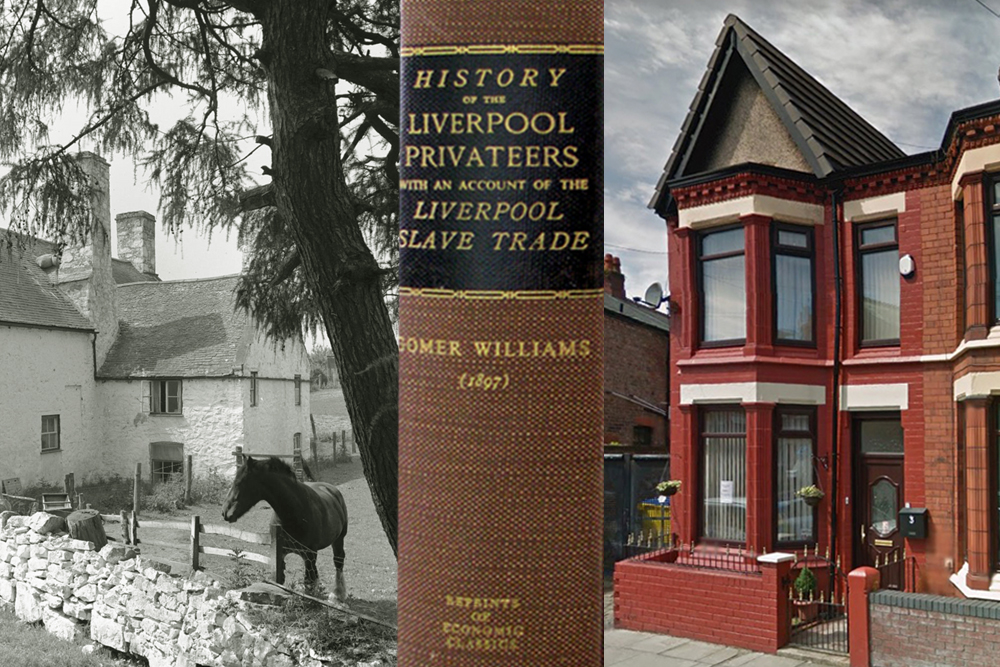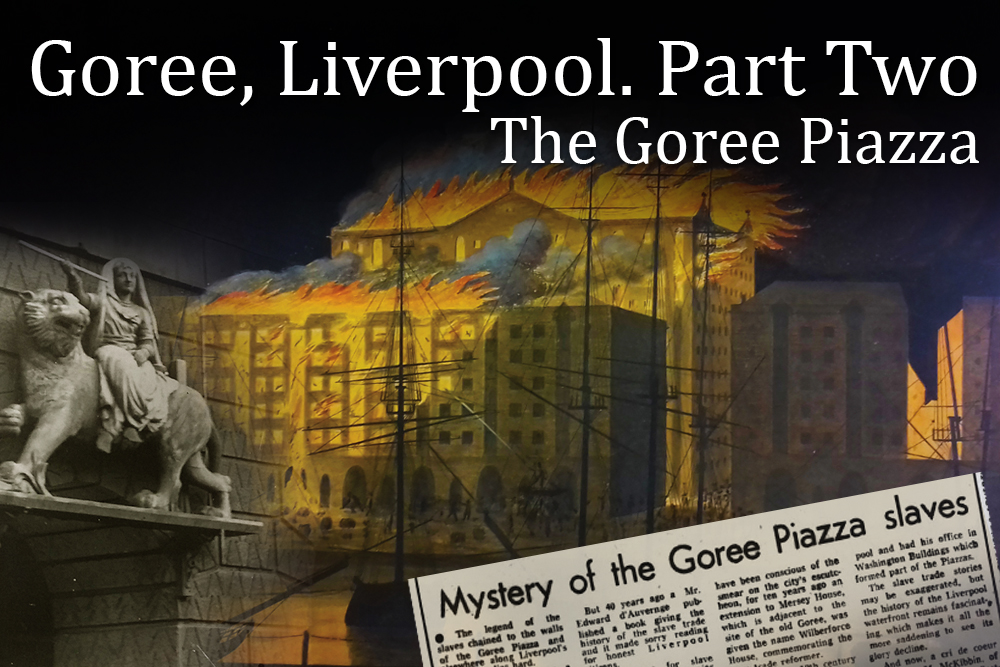Following our research into the Blackburne family, we are delighted to publish this guest post by Mark Adams. Mark is a professional archaeologist who excavated the site of the Blackburne family’s residence before they moved to Orford Hall, and then Liverpool and Hale. When we researched the Blackburne family, we could find little information aboutContinue reading “Guest blog: Thomas Blackburne and Newton Hall”
Author Archives: bygoneliverpoolauthors
Download our book: Liverpool’s ‘Slave Gate’
Did an 18th century stone gateway in suburban Liverpool originate from a building where enslaved Africans were sold? Bygone Liverpool have discovered the original building this structure came from, and tell its amazing history. According to local legend, this old stone gateway in Gateacre originally belonged to an 18th century building in central Liverpool. EnslavedContinue reading “Download our book: Liverpool’s ‘Slave Gate’”
The Blackburne family of Orford Hall, Liverpool and Hale: Salt and Slaves
John Blackburne (1693–1786) was the head of a wealthy merchant family from Orford, Warrington. Their business of salt refining would lead them to Liverpool at the end of the 17th century. This move would see the family diversifying into the slave trade. Streets, buildings and a dock still bear names that link them to theContinue reading “The Blackburne family of Orford Hall, Liverpool and Hale: Salt and Slaves”
Biography of Gomer Williams, Liverpool author and historian
By Glen Huntley In 1897, Gomer Williams’ ground-breaking book History of the Liverpool privateers and letters of Marque with an account of the Liverpool slave trade was published. Ever since it has become one of the most referenced works in any book on the subjects. But what is known of the man who wrote it?Continue reading “Biography of Gomer Williams, Liverpool author and historian”
The legend of the Lottie Sleigh and the Allerton Oak
By Glen Huntley. Cover montage: Bygone Liverpool In 1864, a ship called the Lottie Sleigh, carrying 11.5 tonnes of gunpowder, blew up in the Mersey. The blast was so strong that over 5 miles away, the trunk of the famous 1,000 year old ‘Allerton Oak’ was split in two. Did it really happen, or isContinue reading “The legend of the Lottie Sleigh and the Allerton Oak”
Mystery of the Ladykirk Oak Chest, dated 1651 Liverpool
By Glen Huntley, November 2022 In Ladykirk church, just over the border into Scotland, is an oak chest that originated from St Nicholas’ church in Liverpool in 1651. The mystery of how this ended up in a Scottish church made national news in 1892. When the church of St. Nicholas was devastated in the BlitzContinue reading “Mystery of the Ladykirk Oak Chest, dated 1651 Liverpool“
John Newton in Liverpool, Part 2. Locations and connections.
Shortly after posting our research on John Newton in Liverpool, we were approached by the Cowper & Newton Museum in Olney. We were commissioned to further research Newton’s time here, with a view of producing a digital exhibition in the museum to mark the museums commemoration of the 250th anniversary of Newton’s famous hymn, AmazingContinue reading “John Newton in Liverpool, Part 2. Locations and connections.”
Depictions of enslaved African children on Martins Bank, and chained figures on the Nelson Monument
The Martins Bank building on Water Street (1932) and the Nelson Monument on Exchange Flags (1813) are two of Liverpool’s architectural treasures. Both have been said to depict, or allude to, enslaved Africans. Reliefs on the entrance to the bank is said to include two enslaved African children with wrist and ankle restraints. The twoContinue reading “Depictions of enslaved African children on Martins Bank, and chained figures on the Nelson Monument”
The Guinea Gap, buried treasure in Wallasey
Local legend tells of a hoard of up to fifty gold guineas, discovered on Wallasey’s shore circa 1850. The coins were said to be from the late 17th century and featured the heads of King William and Queen Mary. Next to the treasure was a skeleton with a pigtail. To commemorate this event, the locationContinue reading “The Guinea Gap, buried treasure in Wallasey”
Goree, Liverpool. Part Two: The Goree Piazza
This is the concluding part of our history of an area in Liverpool named after the 18th century slave-trading post of Gorée in Senegal. This deals with a famous range of warehouses known as Goree Piazza that were destroyed by fire in 1802, and rebuilt soon after. Also, as generations of Liverpudlians were once convincedContinue reading “Goree, Liverpool. Part Two: The Goree Piazza”









